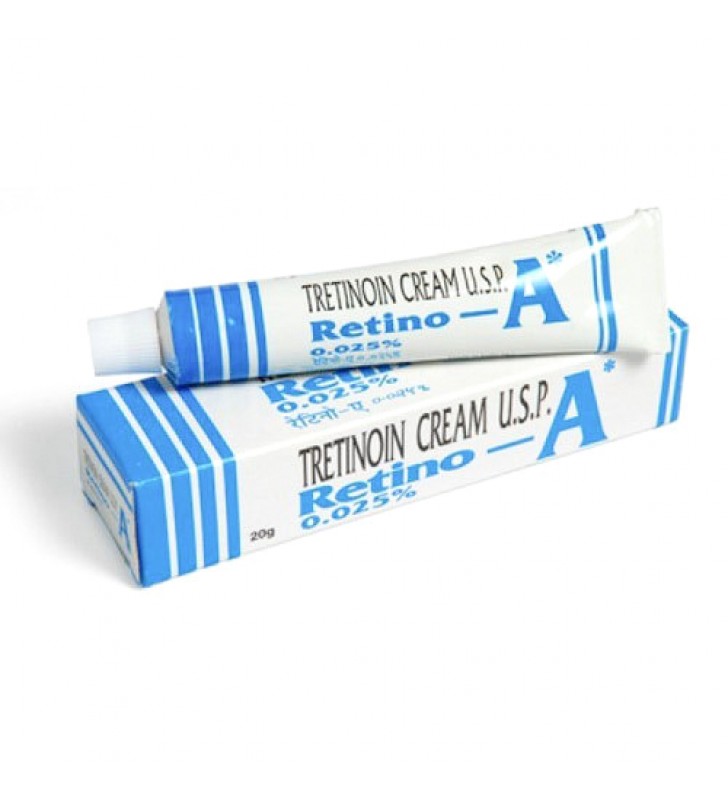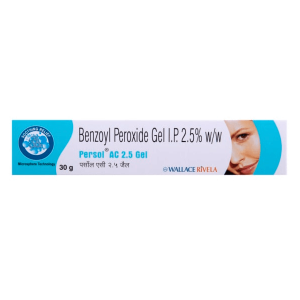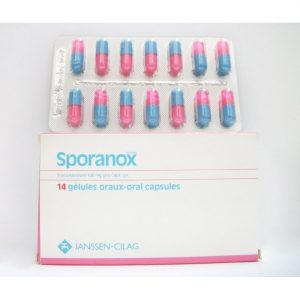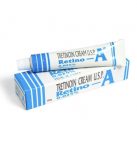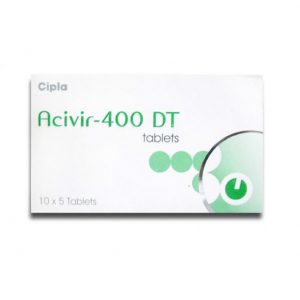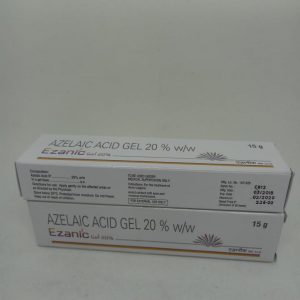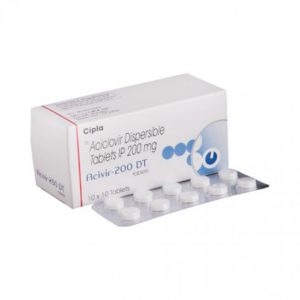Tretinoin (RETINO-A Cream) 0.025% w/v cream is derived from vitamin A, which has been found to be essential in dermatology. It is used to treat all forms of acne on the face and other parts of the body, from dark spots to pimples. It also tends to smooth out rough skin and reduces the wrinkles and lines associated with age. Each cream contains 0.025 percent w/v Isotretinoin as its active ingredient.
Drug = Tretinoin
Strength = 0.025% w/v
How to use
Tretinoin comes as a gel, foam, and a cream to apply to the skin.
It is usually applied twice a day, in the morning and the evening.
To help you remember to use Tretinoin, use it at around the same times every day. Follow the directions on your prescription label carefully, and ask your doctor or pharmacist to explain any part you do not understand.
Use Tretinoin precisely as directed. Do not use more or less of it or use it more often than prescribed by your doctor.
Dosage of Tretinoin (RETINO-A Cream) 0.025% w/v Cream
Uneven skin tone, fine lines and wrinkles or damage brought about by exposure to UV rays :
Adult: 0.02 or 0.05% cream preparation: Apply a pea-sized amount on clean fingers and spread evenly on the face and neck at night. Results can be seen in 6 months
Acne vulgaris:
Adult: 0.01-0.1% cream or gel preparation: Apply once or twice daily on the face after cleansing. Results may be seen in 4-6 weeks.
Missed Dose of Tretinoin (RETINO-A Cream) 0.025% w/v Cream
Just apply the missed dose and then continue with the regular dosing schedule.
Do not double the dose under any circumstances.
Overdose of Tretinoin (RETINO-A Cream) 0.025% w/v Cream
Frequent application of Tretinoin more than the prescribed dose can lead to severe redness of the area of application. If this happens, seek help immediately.
Contraindications
People with the following medical conditions should not take Tretinoin:
- Pregnancy (first trimester)
- Lactation
Side Effects of Tretinoin (RETINO-A Cream) 0.025% w/v Cream
Tretinoin may have the following side effects:
- Skin irritation
- Stinging
- Warmth
- Erythema
- Dryness
- Pruritus
- Peeling
- Blistering
- Crusting
- Discomfort
- Temporary hypopigmentation and hyperpigmentation (rare)
- Edema
- Atrophy
- Photosensitivity
Warnings
Do not take Tretinoin with the following medicines:
- Headache
- Nausea
- Vomiting
- Mucocutaneous symptoms
- Transient headache
- Facial flushing
- Cheilosis
- Abdominal pain
- Dizziness
- Ataxia
Always notify your doctor and pharmacist if you are taking any other medicines, including herbal tonics such as traditional Chinese medicine, supplements, and medicines that you buy without a prescription.
This list does not include all medicines that may interact with Tretinoin.
How Does It Work?
Tretinoin acts by inducing mitosis and turnover by lowering the cohesiveness of follicular epithelial cells. It allows current comedones to be extruded and avoids the creation of new comedones. On the stratum corneum, it has a thinning effect and can alter irregular follicular keratinization.
Uses
Tretinoin is used to treat the following conditions:
- Mottled hyperpigmentation
- Roughness and fine wrinkling of photodamaged skin
- Acne vulgaris
Special Precautions and Connected Warnings
Take special precautions if you have the following conditions:
- Eczema
- Sunburn
- History of skin cancer
- Depilation
- Chemical hair treatment and peels
- Dermabrasion or laser resurfacing
- Renal or hepatic impairment
- Children
- Pregnancy
Storage Conditions
- Store between 15-30°C and protected from light.
- Store in a cool, dry place away from the reach of children.
- Do not use Tretinoin that is expired or out of date.

